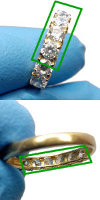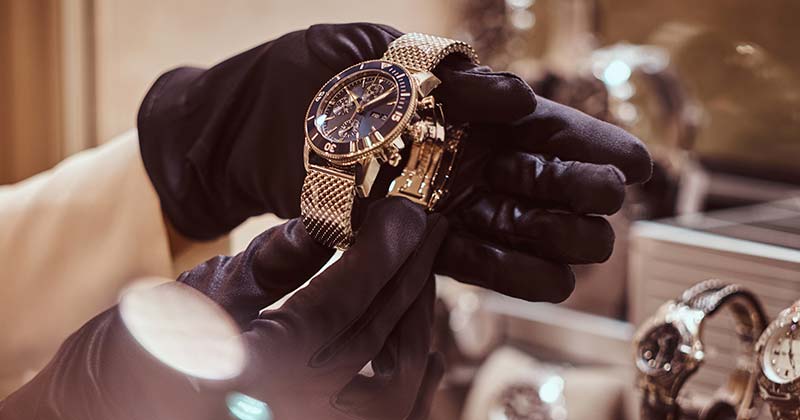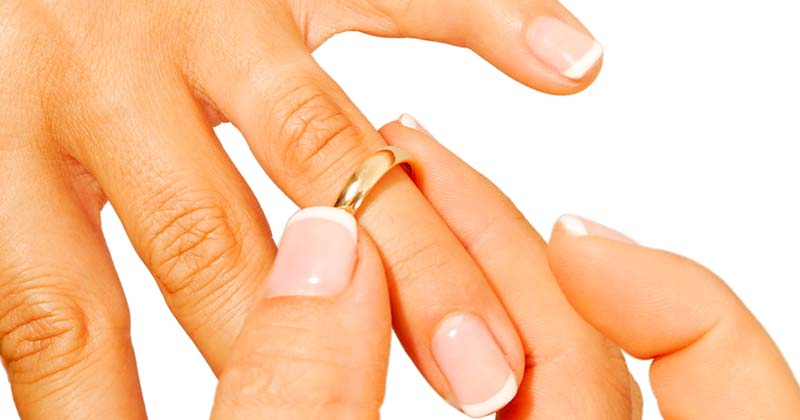Dirt: an enemy for Jewellery
Dirt, dust, grease, are all elements that stick and settle in the hollows and crevices of Jewellery, in particular, accumulated dirt removes a lot of brightness from the Gems in general, in particular fatty substances adhere to Diamonds. If you are used to using your Jewellery (e.g. Diamonds rings), during daily chores like washing dishes or similar, you will notice that before long, these jewels will start to lose their lustre and the Gems will no longer shine as before.
In a few simple steps you will learn how to clean Jewellery by yourself.
Let’s start by looking carefully at your Jewellery (a magnifying glass would definitely be useful), the first things to check on Jewellery set with Gems (Diamonds or any other Gem), are the tips that block the Stones, these, especially on rings tend to wear out over time (slow wear and tear), when you see that they are particularly thin, you must take it to a professional who will assess what to do. In the picture here on the side is an example of thin tips and not perfectly adherent to the Gems. Sometimes even if the tips are intact the Gems might not be perfectly blocked, with the help of a tiny screwdriver, a pin or anyway a small metal tip, lean into the Gem and with moderate and careful strength, try to move from top to bottom, trying to make it rotate on itself, check if it moves slightly; if it is perfectly blocked, it is safe to use, otherwise, it is better to take it to a Goldsmith or Jeweller who will solve the problem.
Other things to check in rings, is the wear and tear of the structure, after many years of use it is possible that the lower part of the ring has thinned out a lot, or that certain areas have particularly worn out.
















